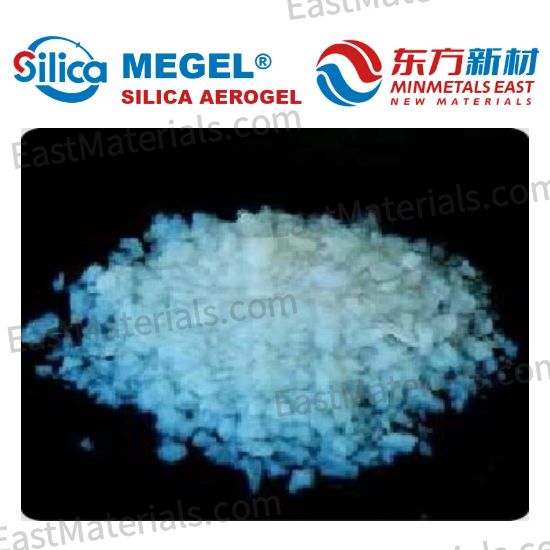
Privacy statement: Your privacy is very important to Us. Our company promises not to disclose your personal information to any external company with out your explicit permission.

October 20, 2022
October 20, 2022
The Display of Free-Flow And Anti-Caking Additive Choosing the right Hydrophobic fumed silica for toner formulations is essential to achieving the desired performance characteristics, such as...
The Display of Free-Flow And Anti-Caking Additive Hydrophobic fumed silica is a specialized type of silica (silicon dioxide) that has been chemically treated to possess water-repellent properties....
The Display of Free-Flow And Anti-Caking Additive 1. Improving Flowability Application: Hydrophobic fumed silica is commonly added to toner formulations to enhance the flow properties of the toner...
The Display of Free-Flow And Anti-Caking Additive 1. Fumed Silica for Surface Treatment Hydrophobic Nature: Hydrophobic fumed silica is treated to repel water, reducing moisture absorption. This...
Email to this supplier
October 20, 2022
October 20, 2022
September 23, 2024
September 23, 2024

Privacy statement: Your privacy is very important to Us. Our company promises not to disclose your personal information to any external company with out your explicit permission.

Fill in more information so that we can get in touch with you faster
Privacy statement: Your privacy is very important to Us. Our company promises not to disclose your personal information to any external company with out your explicit permission.